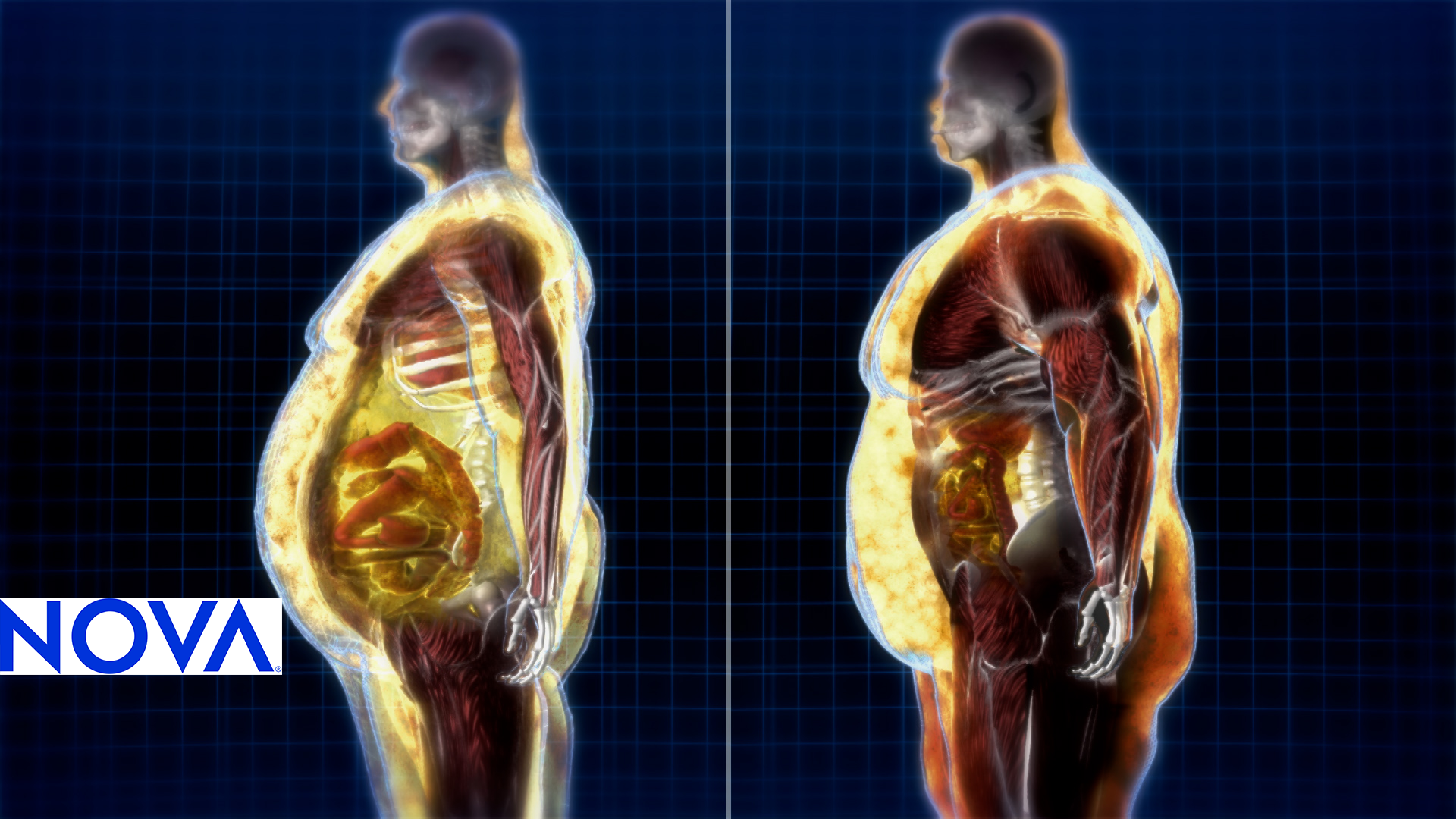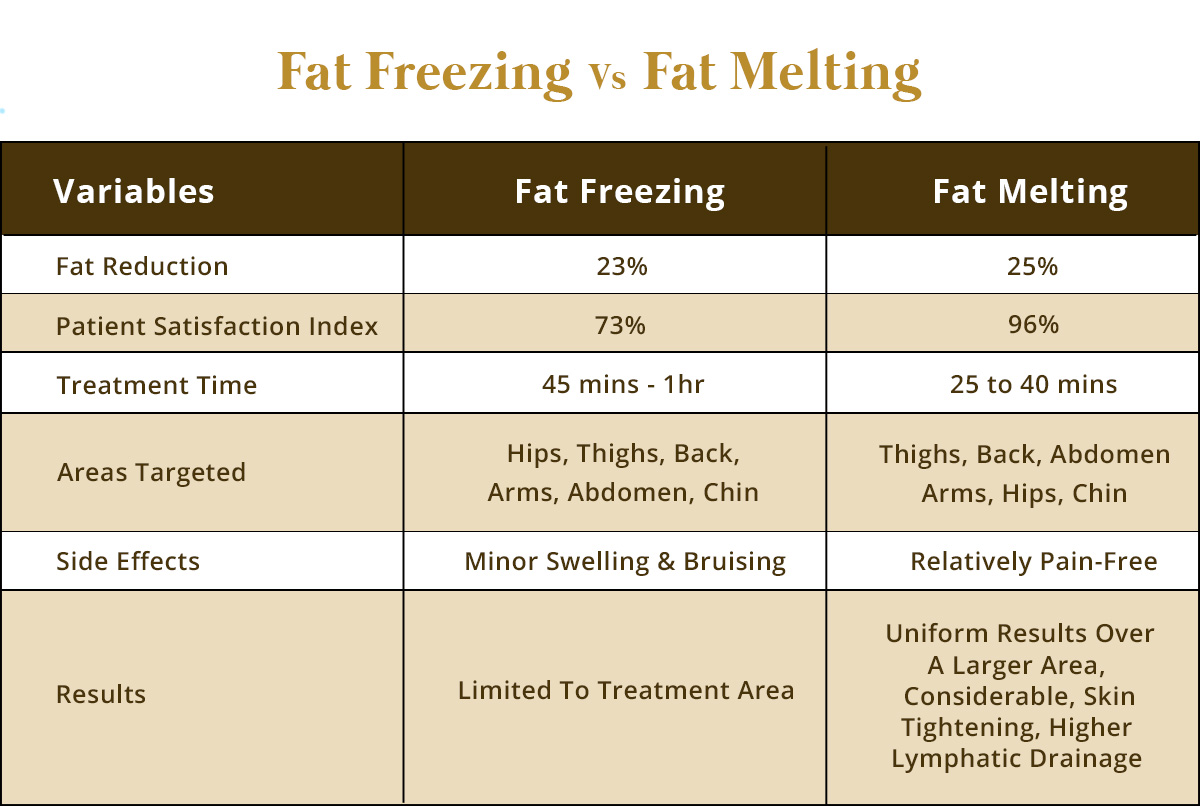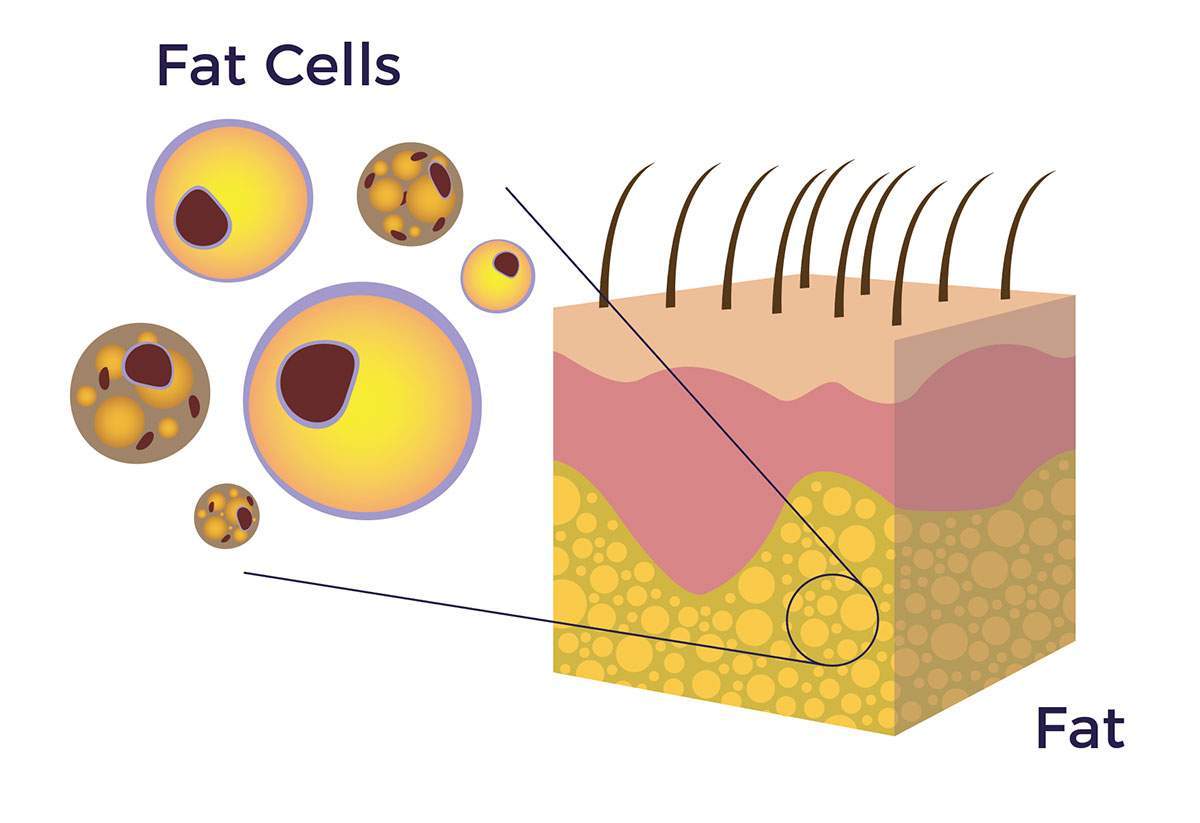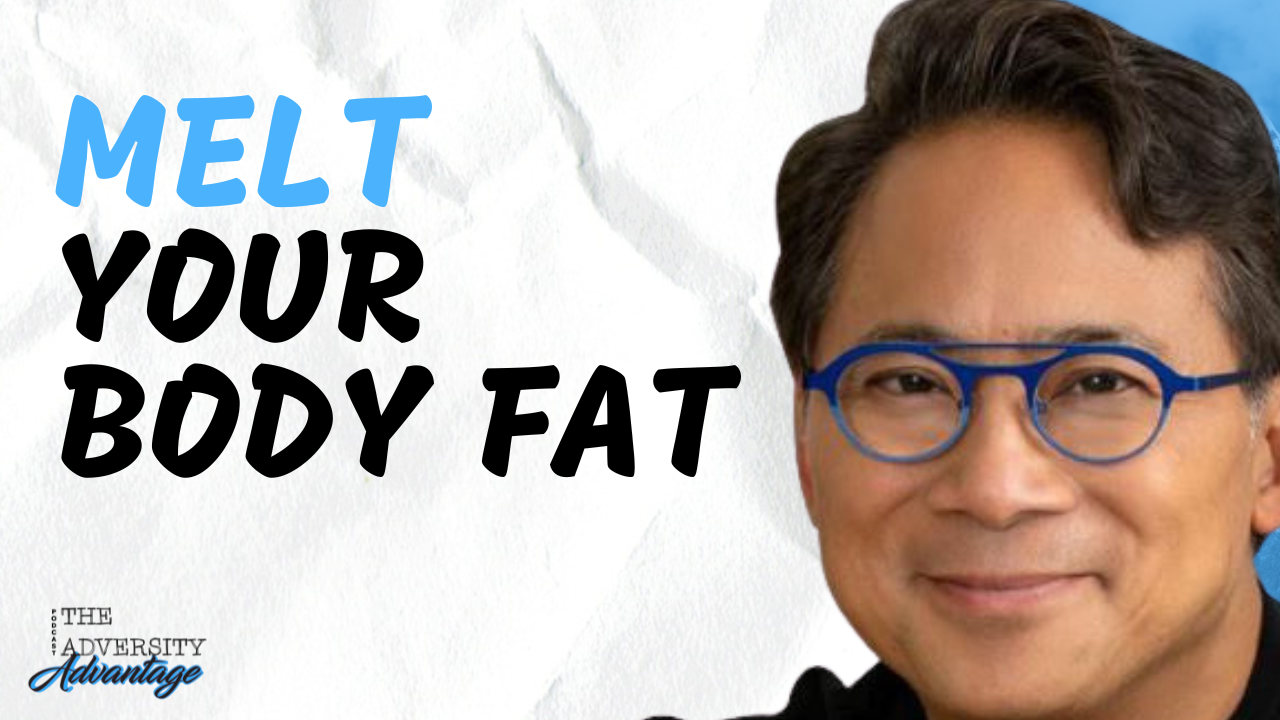Your Body Can Melt Its Own Fat Science Focus

Breakthrough research reveals the human body possesses an inherent mechanism to directly melt fat. Scientists have identified specific proteins and pathways responsible for converting white fat, the kind we want to lose, into heat, offering a potential revolutionary approach to weight management.
This discovery, while still in its early stages, challenges conventional understandings of fat metabolism. It points toward future therapeutic interventions that could activate this natural fat-burning process, effectively bypassing traditional diet and exercise limitations.
The Science Behind the Melt
Researchers at the National Institutes of Health (NIH), in collaboration with scientists from Harvard University, spearheaded the study. Their findings, published in the journal "Cell Metabolism," detail the intricate molecular processes involved in stimulating thermogenesis within white adipose tissue.
The key players identified are a class of proteins called sirtuins, specifically SIRT1. These proteins act as metabolic regulators, influencing a range of cellular processes, including fat storage and breakdown.
Experiments conducted on cellular models and animal subjects demonstrated that increasing SIRT1 activity directly led to the browning of white fat. Browning refers to the conversion of white fat into beige fat, which is more metabolically active and burns calories by generating heat.
This conversion process, scientifically termed "adipocyte remodeling," involves a cascade of molecular signals. These signals trigger the expression of genes responsible for producing uncoupling protein 1 (UCP1), a protein crucial for heat production in mitochondria.
Who Benefits?
The implications of this research are far-reaching, potentially benefiting individuals struggling with obesity, metabolic disorders, and type 2 diabetes. Activating this natural fat-melting mechanism could provide a novel avenue for weight loss and improved metabolic health.
Dr. Emily Carter, the lead researcher on the project, stated, "This discovery provides a completely new perspective on how the body regulates fat metabolism. It opens doors for targeted therapies that harness the body's own ability to burn fat."
This finding could particularly impact individuals who have difficulty adhering to traditional weight loss methods. It offers a potential pharmacological alternative to diet and exercise, though it is essential to emphasize that further research is crucial.
Where and When?
The research was conducted primarily in laboratory settings at the NIH and Harvard University. The initial findings were published in "Cell Metabolism" on October 26, 2023, marking a significant milestone in metabolic research.
Preclinical trials involving animal models have shown promising results. However, human trials are necessary to fully evaluate the safety and efficacy of targeting SIRT1 for fat loss.
Currently, several pharmaceutical companies are reportedly exploring compounds that can effectively and safely activate SIRT1. The timeline for the development and availability of such therapies remains uncertain.
How Does It Work?
The process involves a complex interaction of cellular signals and genetic expression. SIRT1 activation triggers a signaling cascade that increases the production of UCP1 within white fat cells.
UCP1, located in the mitochondria (the cell's powerhouses), uncouples the normal process of ATP production. Instead of producing energy, the mitochondria generate heat, effectively burning calories stored in the fat cells.
This mechanism bypasses the traditional pathways of fat metabolism, which often involve complex hormonal regulations and enzymatic reactions. By directly stimulating heat production, the body can more efficiently eliminate excess fat.
"The beauty of this approach is that it leverages the body's own inherent mechanisms. It's not about introducing foreign substances; it's about enhancing what the body is already capable of," explained Dr. Carter.
Next Steps
The immediate focus is on conducting rigorous human clinical trials to assess the safety and efficacy of SIRT1-activating compounds. Researchers are also exploring potential side effects and optimal dosages.
Long-term studies are needed to determine the sustainability of this approach and its impact on overall health. The potential for combination therapies, integrating this fat-melting mechanism with existing weight management strategies, is also being investigated.
While the research is promising, experts caution against premature optimism. More data is required before these findings can be translated into widespread clinical applications.


















